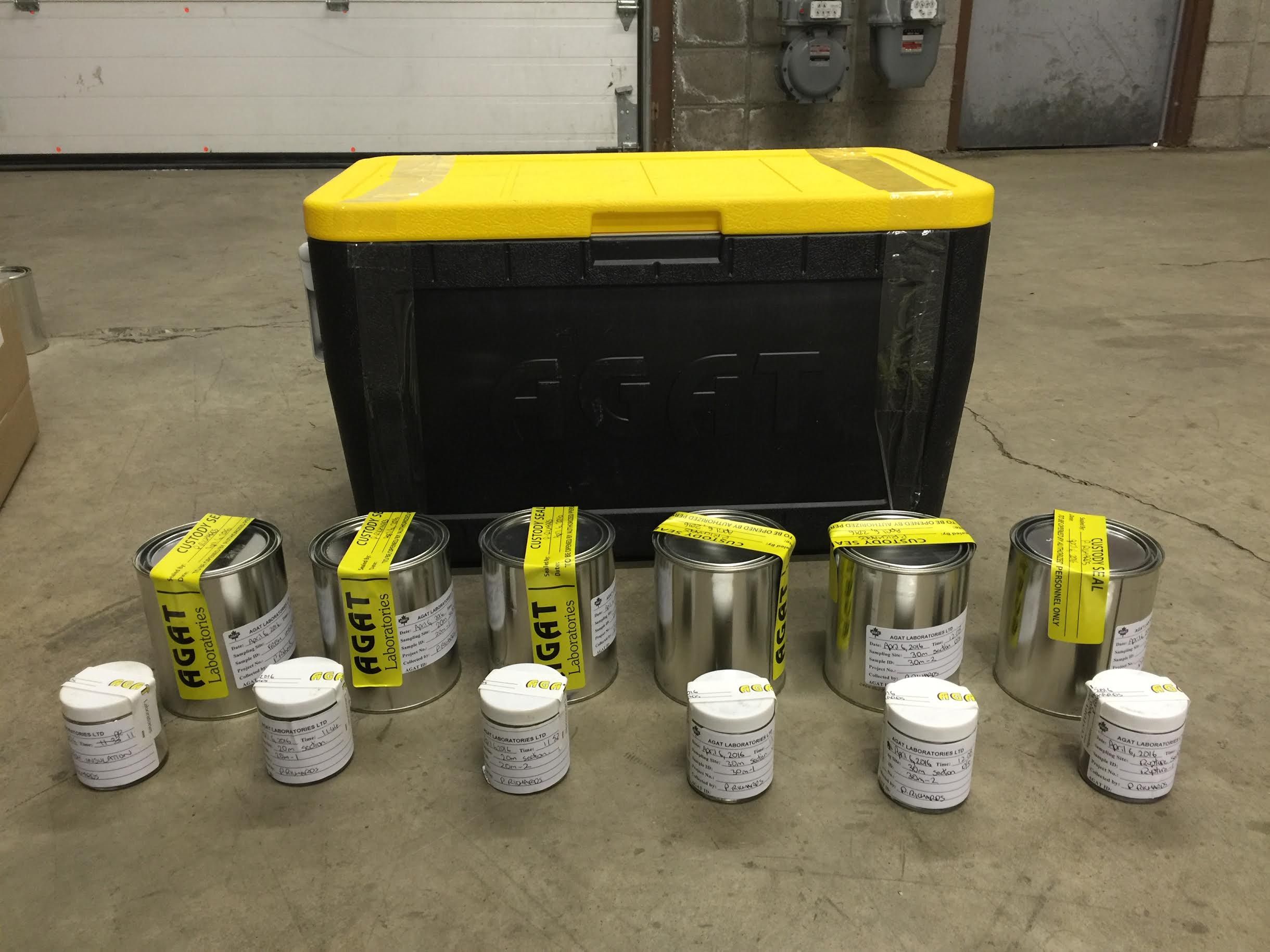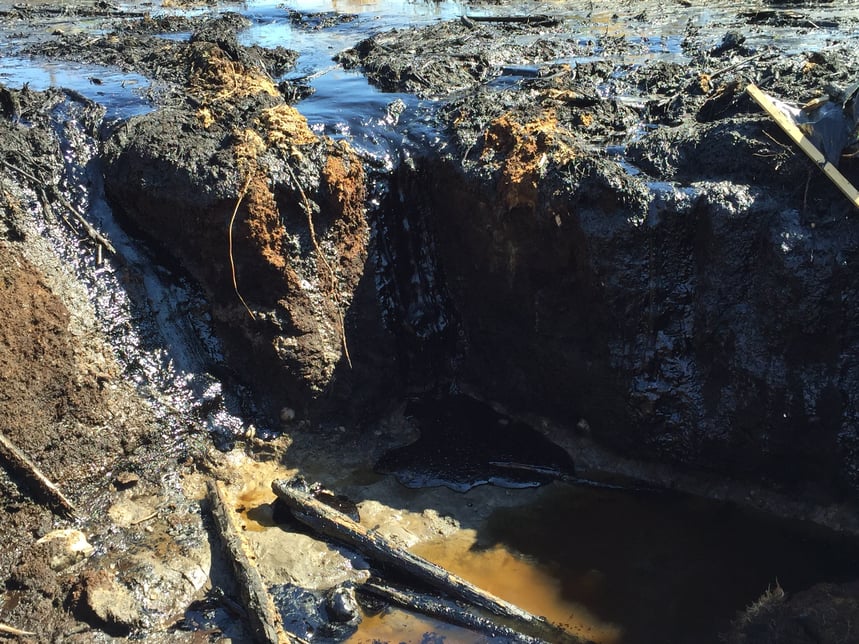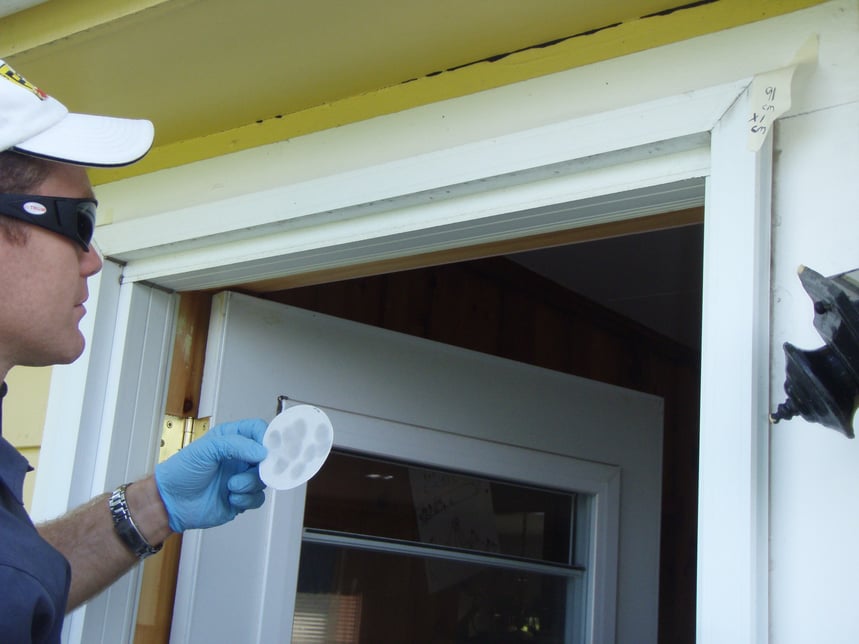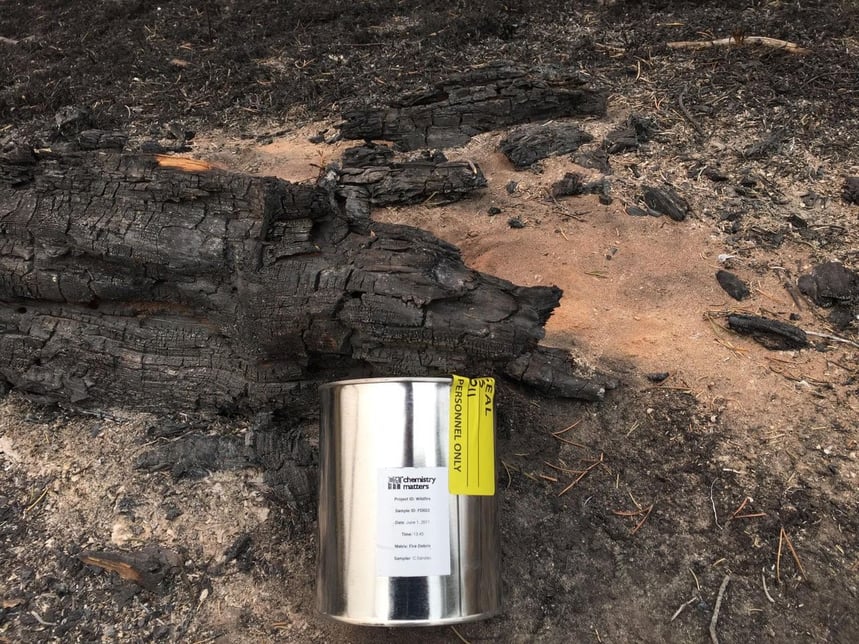Imagine This...
You have just finished a very large field program. You must have collected nearly 100 samples, all different matrices (water, soil, sediment, product samples), and multiple analyses are needed. You have COCs (chain of custody forms) filled out for everything, and you are driving over to the laboratory at 4:30pm on Friday to drop of your samples and COCs. You feel like you are sneaking in before the deadline. You can finally feel stress free for the weekend.
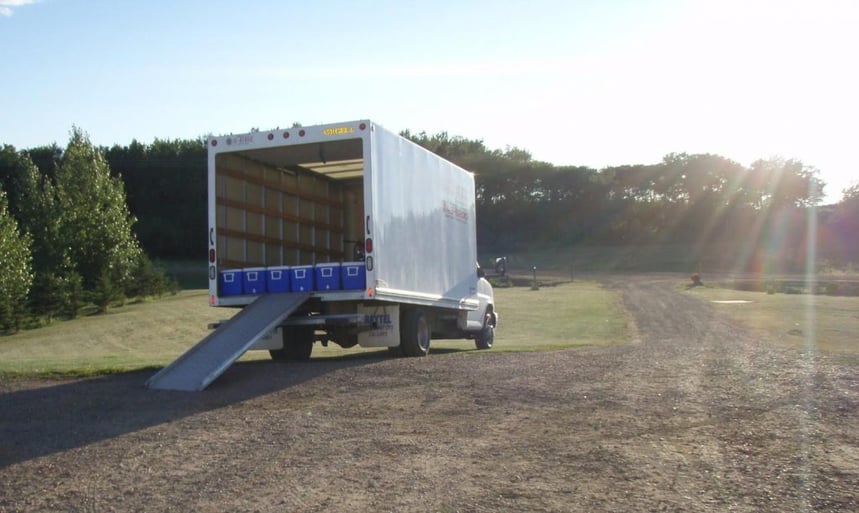
You run into the lab with the coolers of samples. The laboratory person scans the temperature and everything is below 4 °C. The laboratory signs off on the chain of custody and hands you back a copy for your records. Done! You hit the road to have a couple of celebratory brewskis.
Is everything good? It would seem that way. You did everything you needed to… or did you?
The samples in the coolers are a hodgepodge collection of samples in 5 different coolers. The people in the laboratory started cursing about 10 minutes after you left because they are trying to match the 100 randomly placed samples to the chain of custody you filled out. They are not doing this in a controlled environment (like a freezer) so the samples are slowly heating up and potentially being compromised.
Maybe it takes them 20 minutes because the samples are in semi-order… maybe it takes them two hours because the samples are random, and some labels have been partially rubbed off (or your writing is hard to read).
The samples may be under chain of custody, but they may very well be compromised. To top this off, you dropped this on the laboratory late on a Friday! Do you think that the way you passed of samples increased or decreased the chance of an error?
This is a long explanation for why everyone should have samples sorted and organized in coolers for submission to the laboratory. The laboratories are pretty well-oiled machines, and they do their job very well. We don’t need to make it more challenging.
How to Better Submit Your Samples
Samples should be submitted to the laboratory in an organized fashion. Extra time should be spent in the field to make sure your samples are organized and easy to sort through. The client has spent a lot of money on the collection of the samples. Why not make it easy on the laboratory so no mistakes are made during the sample transfer stage.
The people working in sample receiving do not know your project or how important it is to the client. Their job is to put samples into the proper laboratory stream to get the right analyses. Make it easy, and decrease the chance of something going wrong.
Some things that can be done to organize samples:
- One COC form per cooler - limits the number of samples in a container and to sort through.
- Don’t put samples from one COC in different coolers - makes finding a matching sample difficult.
- Sort samples based on matrix and analysis. Put all the soil for a certain analysis in one cooler. Not only does this make your samples more organized, it may also prevent cross contamination between, for example, a heavily contaminated soil sample and a barely detectable water sample.
- Highly impacted samples should be kept away from non-impacted samples. This is true for organic target analytes. If you collect a product sample or analyte that is known to be heavily impacted (visual, odors, etc), keep it away from other samples.
- Put more samples from the same sampling point in a bag to keep them together. Grouping samples makes finding the matching samples easier for the laboratory to log in.
- Labels should be easily legible. Use waterproof ink, waterproof labels, and/or extra bags around samples to prevent labels from coming off. All of the above can prevent samples from becoming guesses or anonymous.
There is no perfect way to sort your samples for the laboratories. Do what you think is best, or talk with the laboratory and ask how their process works. Talking with the lab may reveal ideas for how to streamline the transfer.
If you have any ideas on how to best sort and organize samples in the field, I would love to hear them. Send me a note!

